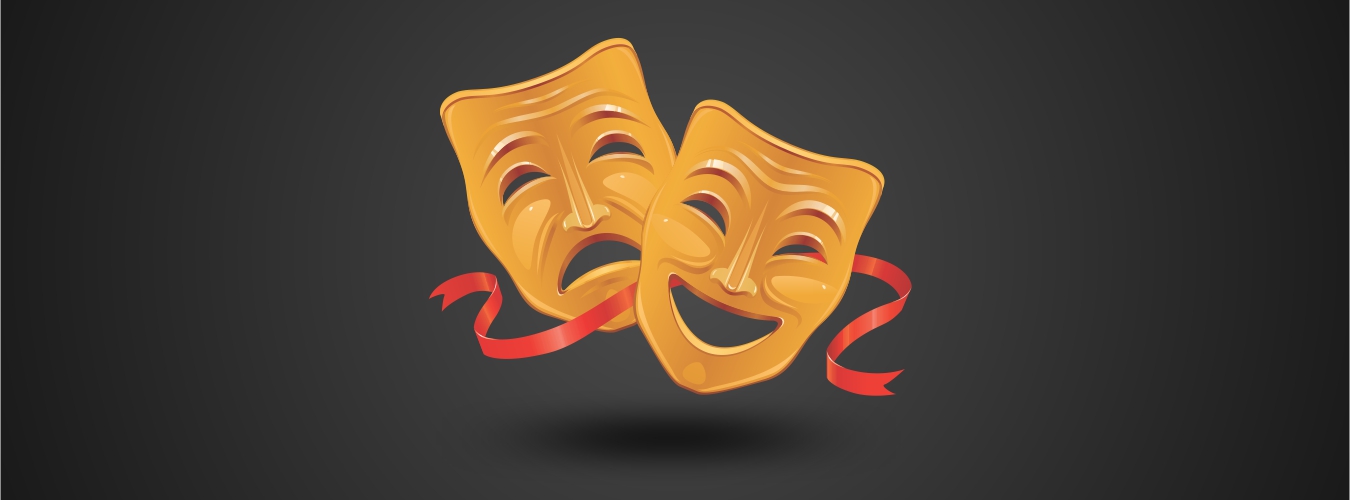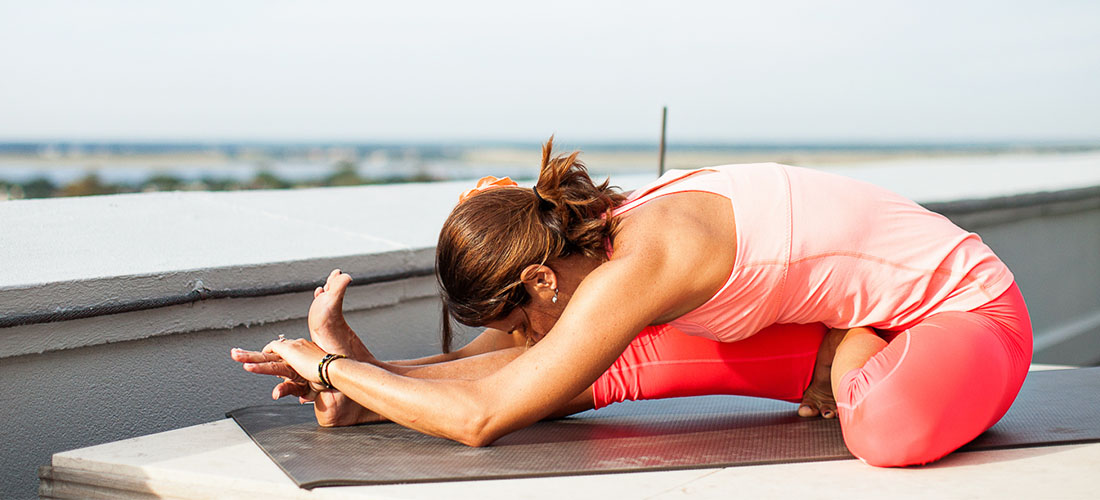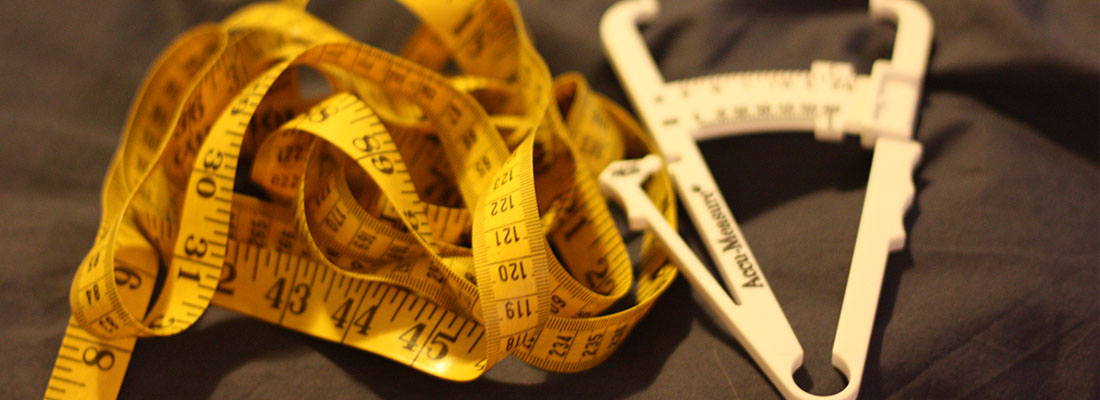Head to Knee pose (Janu Sirsasana) is a deep forward bending yoga asana which combines the benefits of a full back-body stretch with a little torso twist. Hence, it is very beneficial for dancers and athletes. Ballet dancers stretch their body with different variations of Head-to-Knee pose. It is a relaxing as well as a revitalizing pose in the primary series of Ashtanga Yoga.
Though its Sanskrit name translates to ‘head to knee’, touching the head to one’s knee is not of utmost importance here. What’s crucial is maintaining a long spine in correct alignment while getting in and out of the pose.
Contents
Health Benefits
The pose is tremendously helpful in relieving depression and calming the nervous system, thereby, good for warding off anxiety, fatigue and headache. However, it must not be done when experiencing these symptoms. Yoga is not a quick fix. Therefore, only a regular practice will deliver results.
The anatomical focus of this pose is the back of the body (spine, shoulders, hamstrings, and groins), thus, it stretches and relaxes them while stimulating abdominal organs like the liver and kidneys. It is great for regulating metabolism and providing relief in symptoms of menopause, high blood pressure, insomnia, and sinusitis.
As for performing it during pregnancy, it is safe till second trimester, but never do it without expert supervision or consulting your OB.
Getting into pose
What you need: Room with fresh air (if you’re doing it inside, otherwise do it in open area), and you.
Difficulty Level: Beginner
Initial Position: Staff pose (Dandasana)
Drishti or Gaze: While performing this pose, concentrate your gaze inwards (third eye/between the eyebrows)
Steps:
- Get into the initial position. Take a deep breath (1-2-3). Exhale slowly (1-2-3).
- Bend the right knee and place the right foot under the left knee. You can also choose to just touch the left thigh with sole of the right foot.
- Raise your arms above your head. Extend your torso and inhale (1-2-3). Holding breath for 3 counts, bend your trunk forward to reach out the left foot whilst touching your forehead to your left knee. Make sure your spine is in right alignment, i.e., not rounded, but straight and elongated, with chest almost touching your thigh.
- Hold the stretch for 15-30 seconds and revert in the same way as you got in the pose.
- Breath normally in Dandasana for 5-10 seconds. Then, repeat it on the other side too.
- This is one cycle of Janu Sirsasana. Do it at least twice along with other seated forward bends.
Relax in Corpse pose (Savasana) if you feel exerted.
Other variations
- Iyengar Variation: (Janu Sirsasana with pillow and straps) It is difficult for some to reach the sole of stretched out leg initially. In such cases, Iyengar variation gives them a great start. Keep a folded blanket or pillow beneath the buttocks to reduce stress on the lower back and thighs. Take a strap, holding its both ends in hands, loop it around the stretched out leg. Now, slowly walk your hands onto the strap and use it to stretch your torso, till you begin to feel a mild tension. Do not over stretch as it may cause pain and swelling.
- Parivrtta Janu Sirsasana (Revolved Head-to-Knee Pose): It is same as the described by the steps above except that the torso is revolved to face toward the bent leg. This provides an additional wringing stretch in the torso, thus, shaping the side abdomens.
Preparatory Poses
- Staff pose (Dandasana)
- Cobbler’s pose (Baddha Konasana)
- Downward Facing Dog pose (Adho Mukha Svanasana)
Beginner Tips
Beginners must sit on a folded blanket or a soft pillow to raise their buttocks and get into the pose easily. One can also begin settling into the pose with Iyengar variation.
To reduce stress on the bent knee, place it on a soft pillow too.
Advanced poses
- Seated Forward Bend (Paschimottanasana)
- Wide-Legged Forward Bend (Prasarita Padottanasana)
Important Notes
- Those with serious knee, back and neck injuries should not perform this pose, as well as those with asthma or diarrhea.
- Pregnant women should not perform it without expert supervision.
Further reading
Last Updated: May 19, 2014
Next Scheduled Update: July 19, 2014






Comments are off this post!